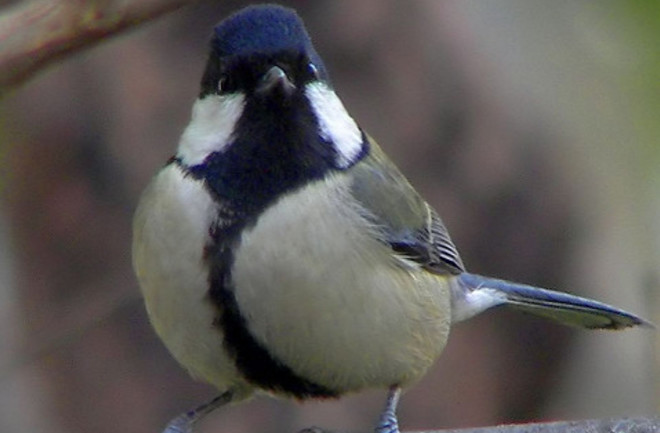Photo: flickr/Charles Lam
Ordering words to create a variety of meanings (syntax) is a key aspect of human language. Although other animals have language, none so far have been shown to have syntax -- until now. Here, researchers show that Japanese great tits use combinations of notes to create different meanings. For example, the notes A, B, C, and D can be combined to mean "scan for danger" (ABC) or "scan for danger and approach me" (ABC-D). The receiving bird will respond to these commands when the notes are in the correct order, but not when they are reversed. Whether different combinations of these notes have specific meanings remains to be seen, but given how inventive birds can be, we wouldn't be surprised.
Experimental evidence for compositional syntax in bird calls "Human language can express limitless meanings from a finite set of words based on combinatorial rules (i.e., compositional syntax). Although animal vocalizations may be comprised of different basic elements (notes), it remains unknown whether compositional syntax has also evolved in animals. Here we report the first experimental evidence for compositional syntax in a wild animal species, the Japanese great tit (Parus minor).Tits have over ten different notes in their vocal repertoire and use them either solely or in combination with other notes. Experiments reveal that receivers extract different meanings from ‘ABC’ (scan for danger) and ‘D’ notes (approach the caller), and a compound meaning from ‘ABC–D’ combinations. However, receivers rarely scan and approach when note ordering is artificially reversed (‘D–ABC’). Thus, compositional syntax is not unique to human language but may have evolved independently in animals as one of the basic mechanisms of information transmission." Related content: When scared, baby roller birds vomit in your general direction.Polygamous male bustards eat poisonous beetles to rid themselves of STDs.Zebra finches swing both ways.

